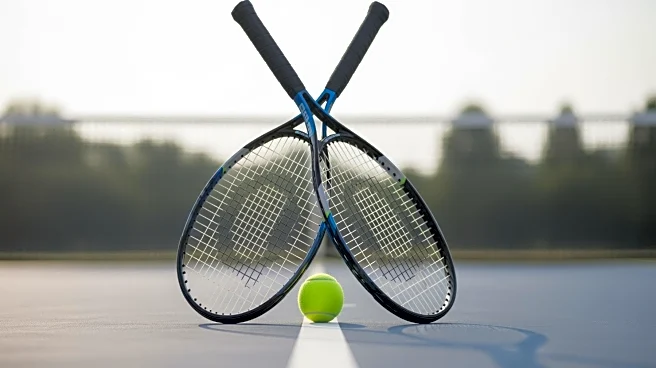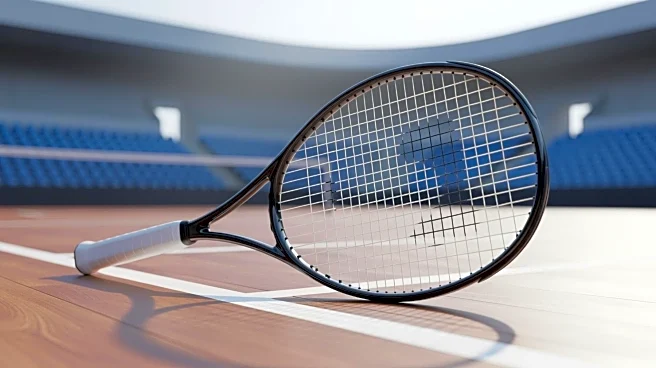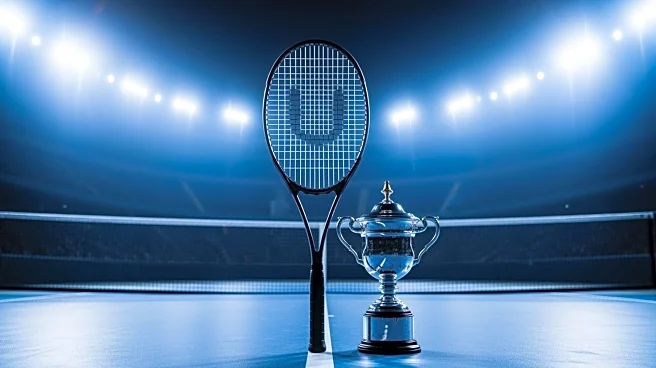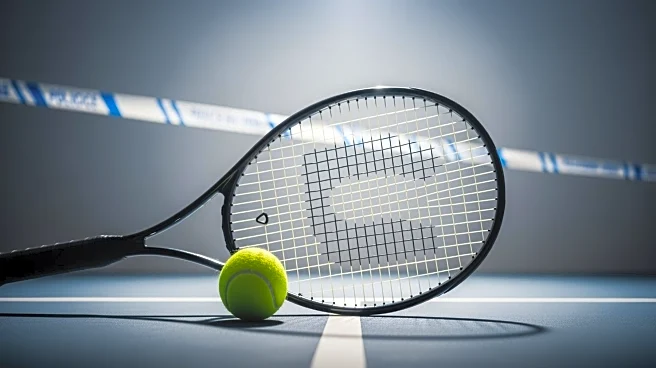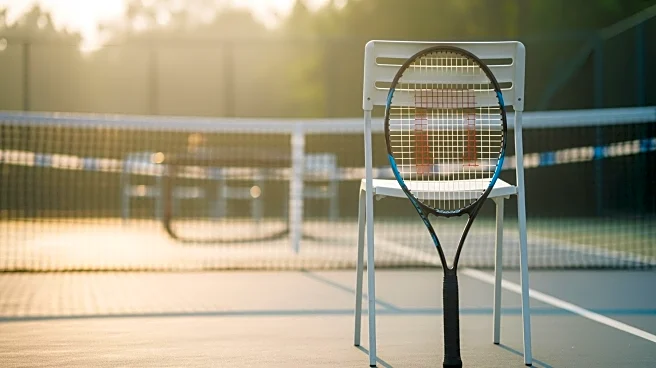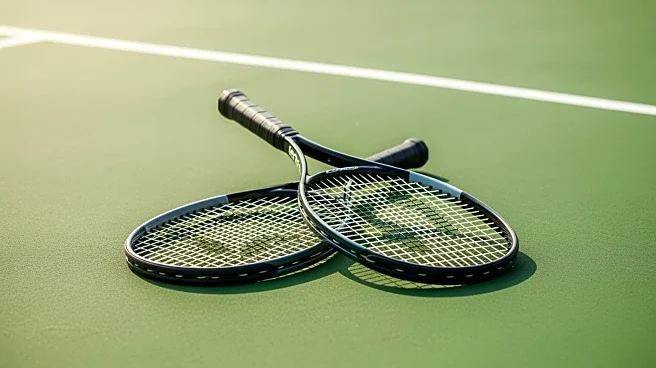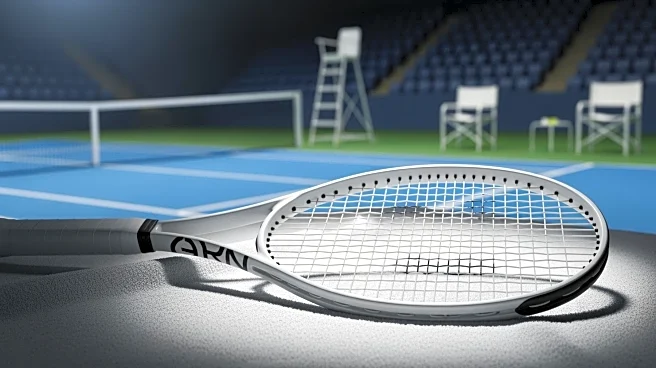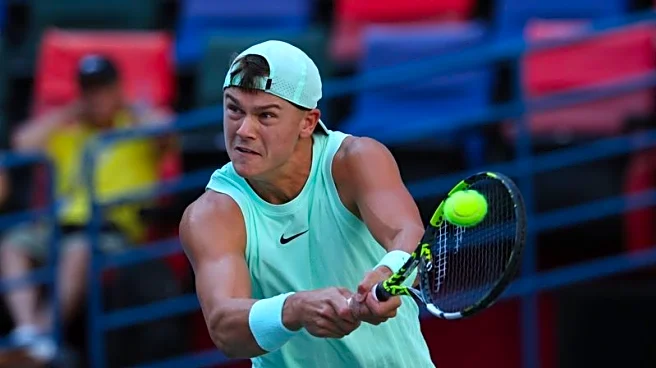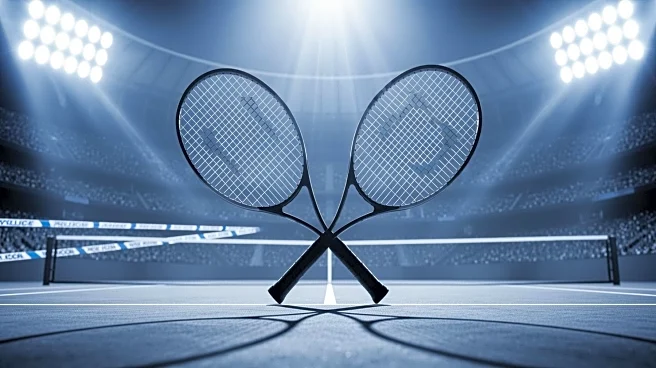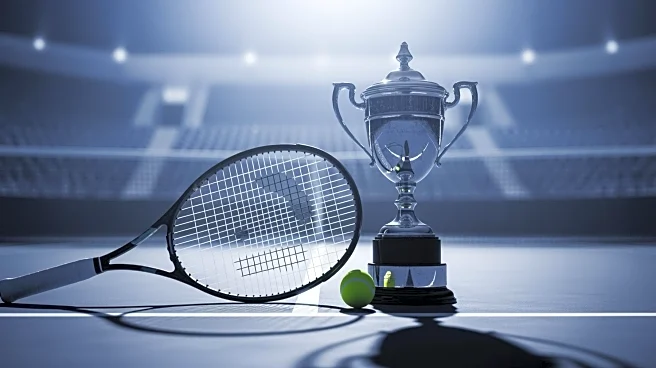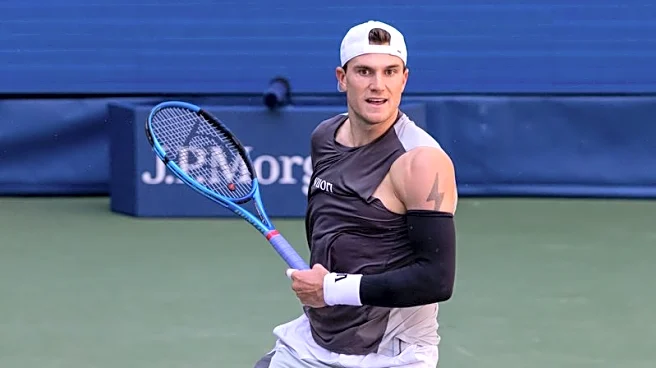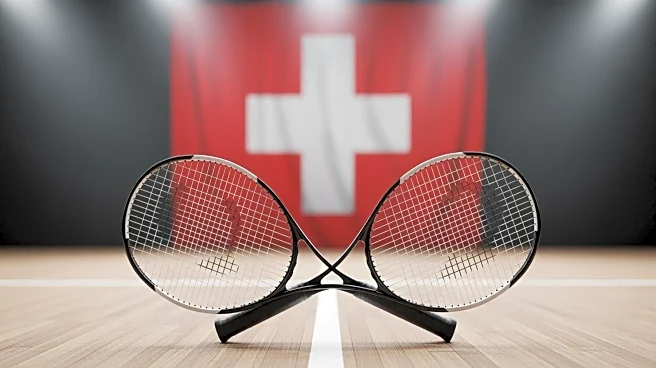What's Happening?
Holger Rune, currently ranked No. 11 in the world, announced that he will be sidelined for an extended period due to an Achilles injury that necessitates surgery. Rune suffered the injury during the semifinals of the Nordic Open in Stockholm, where he was
forced to retire from his match against Ugo Humbert despite leading. The 22-year-old Danish player revealed on Instagram that his Achilles tendon is completely ruptured at the proximal part, requiring surgical intervention next week. Rune has been a prominent figure in tennis, having reached three Grand Slam quarterfinals and achieving a career-high ranking of No. 4.
Why It's Important?
Rune's injury and subsequent absence from the tennis circuit could have significant implications for the sport, particularly in terms of tournament dynamics and rankings. As a rising star, Rune's presence in competitions has been influential, and his absence may open opportunities for other players to advance in rankings and gain visibility. Additionally, Rune's situation highlights the physical demands and risks associated with professional tennis, potentially prompting discussions on athlete health and injury prevention strategies. The impact on Rune's career trajectory and sponsorship deals could also be substantial, affecting his marketability and future prospects.
What's Next?
Rune's immediate focus will be on recovery and rehabilitation following his surgery. The timeline for his return to competitive play remains uncertain, depending on the success of the operation and his recovery progress. Stakeholders in the tennis community, including tournament organizers and sponsors, will be closely monitoring Rune's situation, as his absence could influence event participation and audience interest. Rune's team and medical advisors will likely develop a comprehensive rehabilitation plan to ensure a safe and effective return to the sport.
Beyond the Headlines
Rune's injury underscores the broader issue of athlete health management in professional sports. The incident may lead to increased scrutiny on training regimens and the adequacy of support systems for athletes dealing with injuries. Furthermore, Rune's case could spark conversations about the long-term impacts of sports injuries on athletes' careers and well-being, potentially influencing policy changes within sports organizations.
